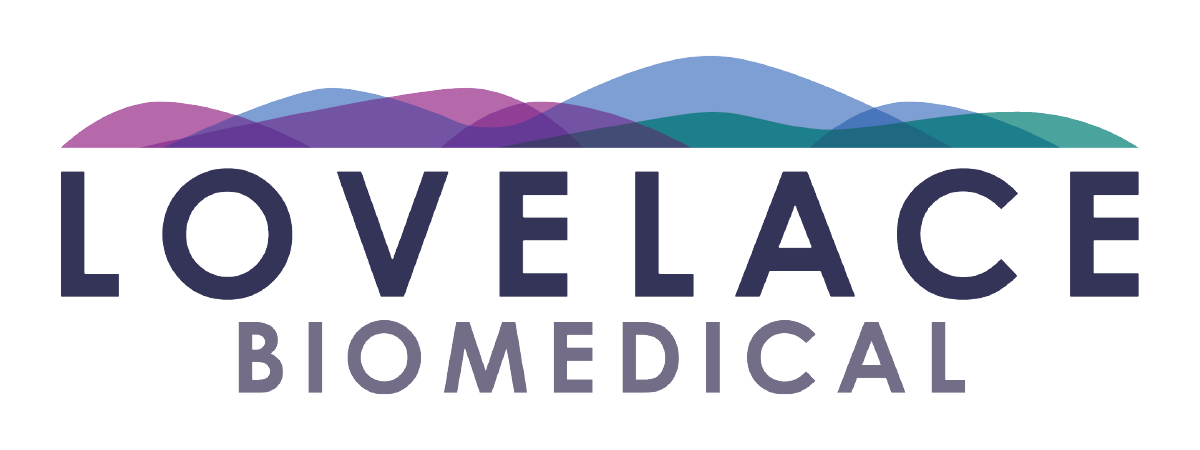For preclinical pharmacology and toxicology studies to succeed, it’s essential that investigators and their teams use best practices for animal enrichment and environmental enhancement. Animal stress — which can stem from lack of trust in the researchers or an inability to express natural, species-specific behaviors — can compromise study data.
Jennifer Baszczak, an animal behavior specialist at Lovelace Biomedical, plays a key role in designing successful behavioral management programs for a wide range of preclinical studies. Notably, Baszczak trained under the renowned animal behavior expert Temple Grandin at Colorado State University, earning a B.S. in wildlife biology and an M.S. in animal behavior and welfare. She recently presented research at 68th American Association for Laboratory Animal Science (AALAS) National Meeting, highlighting her methods for evaluating animals’ stress and acclimation to new environments. Here, Baszczak shares more about the role of animal behavior in preclinical research.
First, can you tell us about Lovelace’s approach to animal treatment?
We take our humane care commitment very seriously, as you can see through the volume of research we publish in the areas of environmental and behavioral enrichment. Our approach relies heavily on positive reinforcement training and ensuring psychological well-being and comfort of animals. These are necessary for reducing stress and increasing safety of animals and our staff. We provide opportunities for animals to express species-specific behavior, such as gnawing, burrowing, foraging, playing, scratching, exploring and exercising. Swine need to root, for example, and canines thrive on socialization. Our husbandry and enrichment staff have designed and developed thoughtful enrichment programs and devices for a number of species we work with and care for.
Can you provide an example or two of your species-specific enrichment programs?
We have many examples of this, but I’m particularly proud of our canine enrichment program, which began with an idea to provide research canines with more social contact and exercise through a dog-walk program and an outdoor dog park. This allows dogs to express their natural behaviors such as seeking, socialization and play. We’ve had great success with this. We also work closely with dogs who are going to be adopted. We ensure they are well-socialized so they will adapt smoothly to their new home.
We also have many examples of creating species-specific programs for more unique research models, such as the cotton rat, which is extremely agile and can be difficult to handle. To prepare for working with the cotton rat, our staff became highly educated on the animal’s biology, behavioral characteristics, husbandry, medicine and research applications. For example, cotton rats have an affinity for sweet-tasting items and need to build nests. They need a lot of sensory-object enrichment, more so than some other species. We were able to ensure all of the animals had the appropriate environment and care.
Can you talk a bit about your recent presentation at AALAS?
AALAS was once again a fantastic program this year, and it was an honor to be part of it. I presented research on “Acclimation, Socialization, and Enrichment: Behavioral Management Program for Minipigs in Research.” Minipigs are becoming a more widespread model for preclinical research, and Lovelace Biomedical has collaborated with a number of key leaders in animal behavior, including Temple Grandin, to solve some of the challenges that minipigs may present in research settings. One of those challenges is helping animals adapt to their new surroundings, and we’ve had particular success in this area.
Contact us to learn more about our animal enrichment programs and our preclinical study capabilities.

